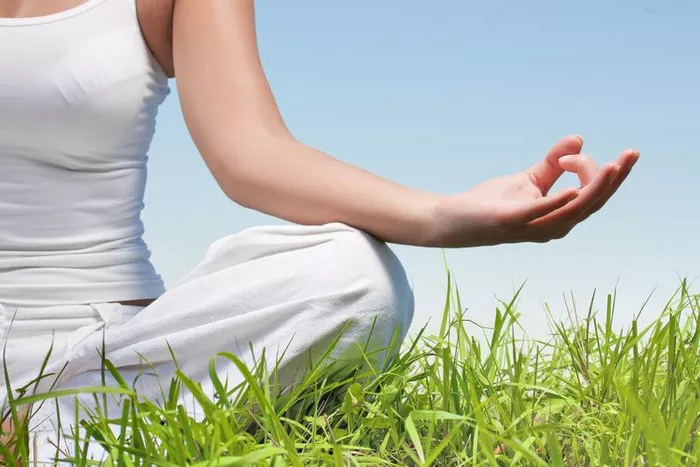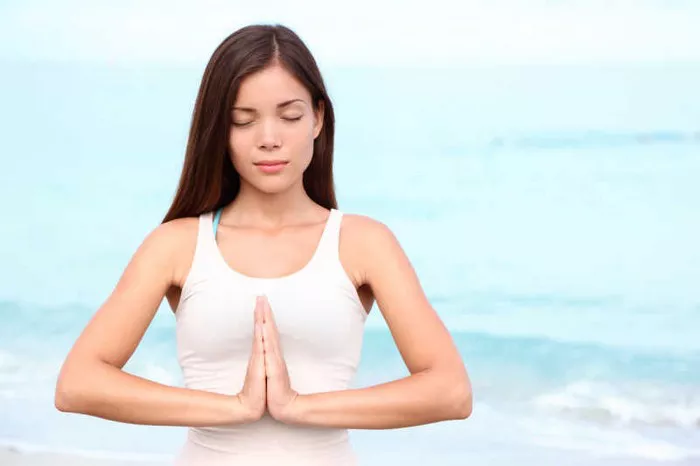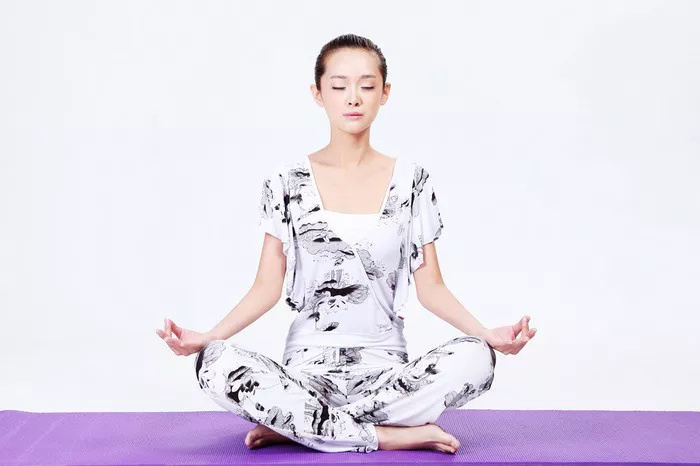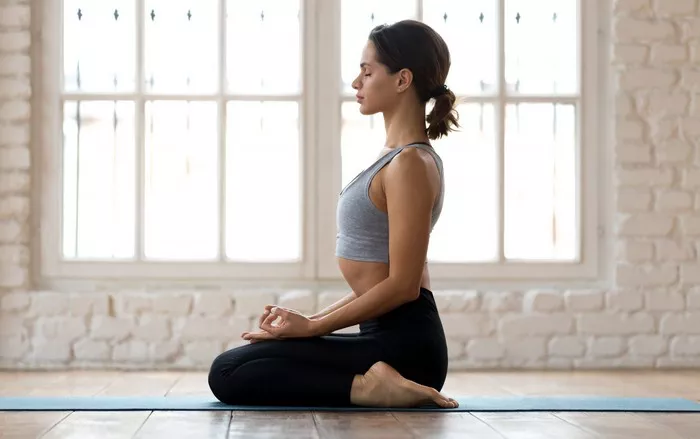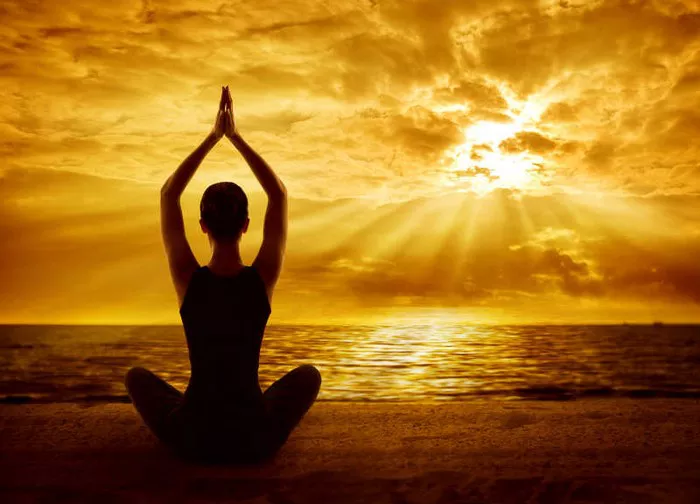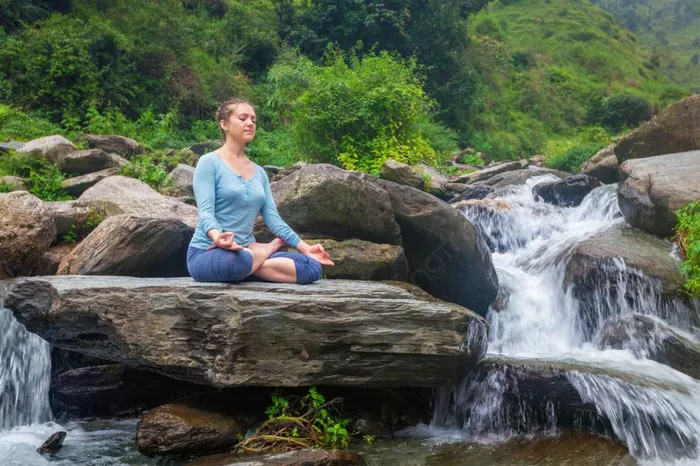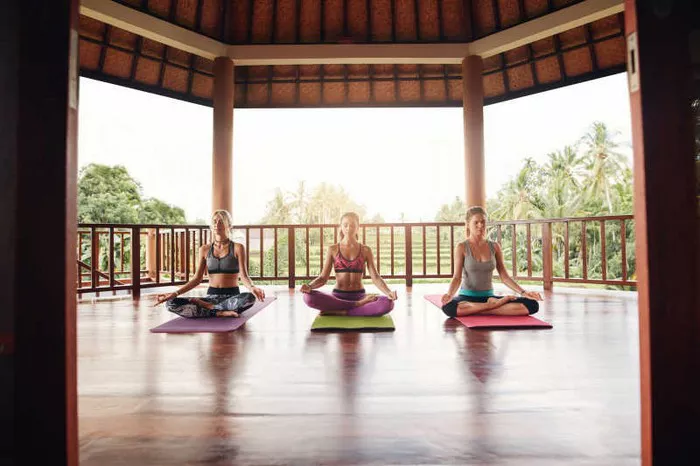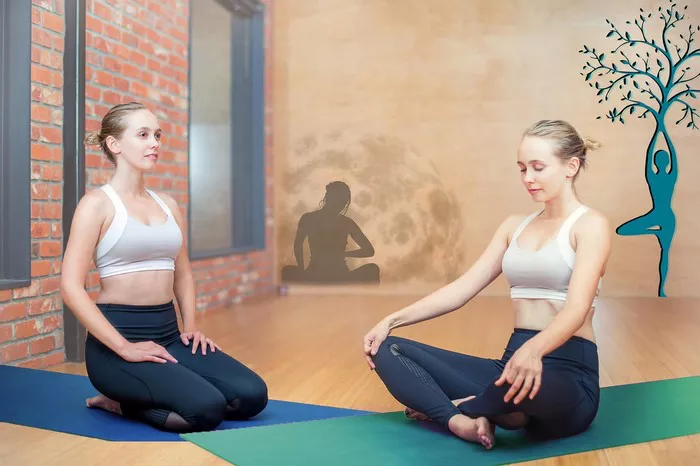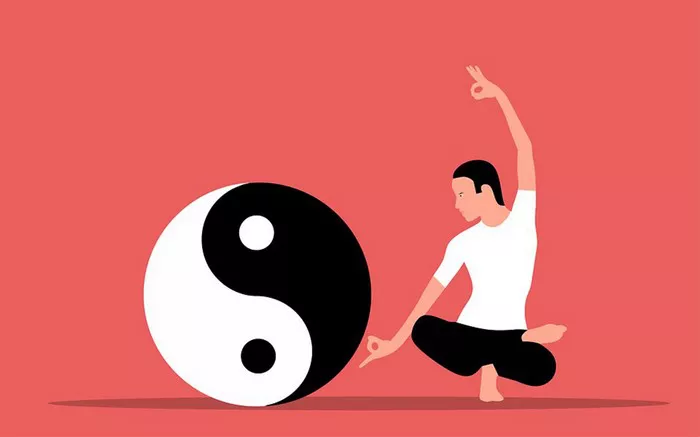Sun Salutation, or Surya Namaskar, is one of the most well-known sequences in yoga. It consists of a series of flowing postures that are performed in a continuous sequence, often synchronized with breath. This practice is widely used for warming up the body, improving flexibility, and increasing mindfulness. But is Sun Salutation suitable for beginners? This article will explore its benefits, challenges, and the best approach for those new to yoga.
Understanding Sun Salutation
Sun Salutation is a dynamic yoga sequence that typically consists of 12 postures, repeated in a continuous flow. These postures include:
- Pranamasana (Prayer Pose) – A standing pose with hands in a prayer position.
- Hasta Uttanasana (Raised Arms Pose) – A gentle backbend.
- Uttanasana (Standing Forward Bend) – A deep stretch for the hamstrings and lower back.
- Ashwa Sanchalanasana (Equestrian Pose) – A lunge that stretches the hips.
- Phalakasana (Plank Pose) – Strengthens the core and arms.
- Ashtanga Namaskara (Eight-Limbed Pose) – A preparatory movement for Chaturanga.
- Bhujangasana (Cobra Pose) – A gentle backbend that opens the chest.
- Adho Mukha Svanasana (Downward-Facing Dog) – A full-body stretch that strengthens the arms and legs.
- Returning through the poses in reverse order – Completing the cycle back to Pranamasana.
Traditionally, Sun Salutation is practiced in the morning to energize the body and set a positive tone for the day. It is often repeated in multiple rounds, sometimes as a form of meditation in motion.
Is Sun Salutation Suitable for Beginners?
Yes, Sun Salutation is suitable for beginners, but there are several factors to consider before starting:
1. Benefits for Beginners
- Improves Flexibility: The sequence gently stretches the entire body, making it an excellent way to improve overall flexibility.
- Builds Strength: The poses, particularly Plank and Downward Dog, help build muscle strength in the arms, legs, and core.
- Enhances Coordination and Balance: Moving through different postures in a flowing sequence enhances coordination and body awareness.
- Boosts Cardiovascular Health: When performed at a steady pace, Sun Salutation increases heart rate and circulation, promoting cardiovascular health.
- Encourages Mindfulness and Focus: The combination of movement and breath control helps beginners develop mindfulness and concentration.
- Accessible and Adaptable: The sequence can be modified based on individual ability, making it accessible for all fitness levels.
2. Challenges for Beginners
While Sun Salutation is beginner-friendly, some challenges may arise:
- Lack of Strength and Endurance: Some postures, like Plank Pose and Downward Dog, require upper body strength, which may be difficult for beginners.
- Limited Flexibility: Forward bends and lunges may feel uncomfortable for those with tight hamstrings or hips.
- Difficulty with Breath Coordination: Synchronizing movement with breath can be tricky at first, especially for beginners unfamiliar with yogic breathing techniques.
- Risk of Improper Alignment: Without proper guidance, beginners may develop poor habits, leading to strain or injury.
Tips for Beginners Practicing Sun Salutation
To make the practice safer and more effective, beginners should follow these tips:
1. Start Slowly
Begin with just a few rounds of Sun Salutation, moving at a slow and controlled pace. Focus on understanding each posture before increasing the speed.
2. Modify as Needed
- If you struggle with flexibility, bend your knees slightly in Forward Bend.
- Instead of Chaturanga or Eight-Limbed Pose, lower your knees in Plank to reduce strain.
- If Downward Dog is challenging, keep your knees slightly bent or hold the pose for a shorter duration.
3. Focus on Breath Awareness
Each movement in Sun Salutation is linked to an inhale or exhale. Practicing conscious breathing will make the flow more natural and meditative.
4. Use Props if Necessary
Yoga blocks can help in Forward Bend and Equestrian Pose if reaching the floor is difficult.
5. Seek Guidance from a Yoga Instructor
Attending a beginner-friendly yoga class or watching guided tutorials can help ensure proper alignment and technique.
How Often Should Beginners Practice Sun Salutation?
Beginners can start with 3 to 5 rounds of Sun Salutation, 2 to 3 times a week. As they become more comfortable, they can gradually increase the number of rounds. Eventually, many practitioners aim for 10 or more rounds daily as part of their regular practice.
Common Mistakes to Avoid
- Skipping Warm-ups: Though Sun Salutation acts as a warm-up, some individuals may benefit from additional stretching, especially if they have tight muscles.
- Forcing Flexibility: Avoid pushing too hard in Forward Bends and Backbends. Flexibility develops over time.
- Holding Breath or Breathing Shallowly: Ensure deep, steady breathing throughout the sequence.
- Poor Wrist Alignment: In Plank and Downward Dog, wrists should be aligned with shoulders to avoid strain.
Conclusion
Sun Salutation is an excellent practice for beginners, offering numerous physical and mental benefits. While it may present some initial challenges, modifications and mindful practice can make it accessible to everyone. With regular practice, beginners will find that Sun Salutation enhances their strength, flexibility, and overall well-being. If you are new to yoga, approach this sequence with patience and enjoy the journey of learning and self-discovery.
Related topics



